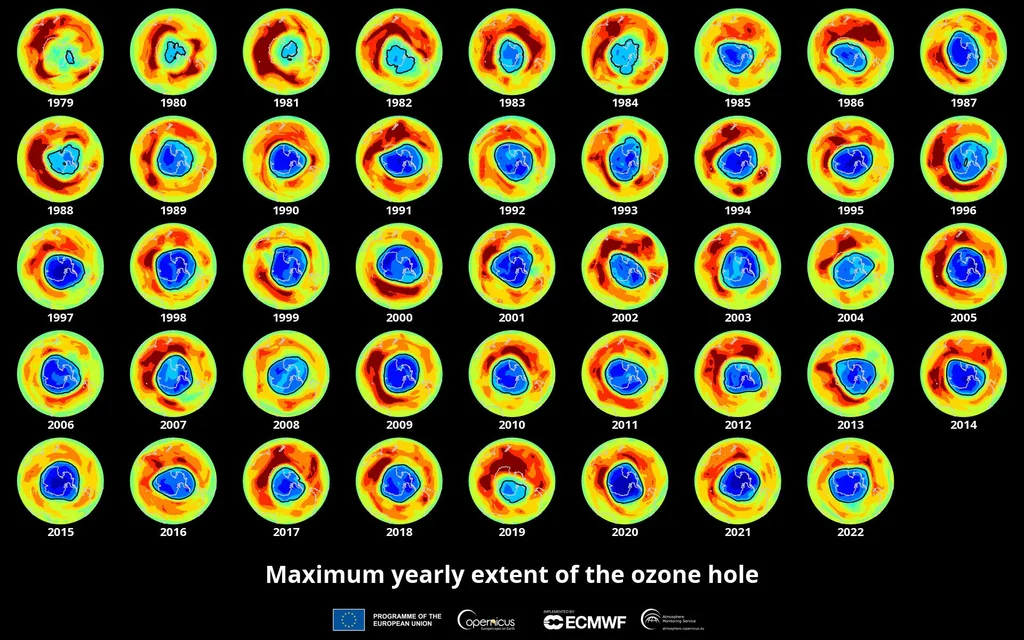I remember saving the whales. When I was a kid in the early 90s they had several cartoons that at least had one episode where they needed to save some whales, and they did. The first that comes to mind is Widget the World Watcher.
Just like saving the ozone layer. That was another great success. Due to banning CFCs and other ozone destroying chemicals, the hole in the ozone layer has been repairing itself for around 10 years now. It’ll take a while to fully close up, but it is a success.
Not every Boomer is a villain, but EVERY VILLAIN in Captain Planet was a Boomer.
I can’t say I’ve ever seen “save the whales” used pejoratively.
In the 80’s and 90’s there was strong undercurrent that activism couldn’t actually change anything. It was the end of history, all outcomes are and always were inevitable, voting with dollars was the only vote that really matters. Hippy punching was in it’s full flower. Environmentalism was seen as self indulgent and meaningless. “Save the whales,” was spit out as a sort of, ‘go waste someone else’s time,’ dismissal.
The 4th Dilbert collection from 94’ was Shave the Whales, which already struck me as a passe gesture at hippy punching at the time, though I couldn’t tell if Scott Adams was engaging in hippy punching or mocking the hippy punchers.
Humpback means so many things in this post.

Humpbacks are mormon? Looks like aquatic jump-humping to me.
Mormons think that native Americans are Jewish because some Jewish people made an airtight submarine out of wood and took it across the ocean. I always thought of that airtight submarine as a fake whale when I was growing up.
ehehehe whalecuck, that’s awesome
So if I tell enough people to eat shit?
Is it really the biggest story in conservation? I would have guessed fixing the hole in the ozone layer would’ve held that spot.
That is somethi8ng different than conservation, but is the other massive success story.
It is a massive success, primarily because by the time the Montreal Protocol was fully ratified it was more profitable to not use CFCs.
However, speaking as someone who lives at the bottom of the world in the country with the highest melanoma risk in the world we didn’t actually fix it. We stopped the holes in the ozone layer growing and saw some recovery, with the hole over the Northern Hemisphere predicted to close by 2030-ish and ours by 2060-ish, but it’s nowhere near fixed.
And since about 2013 we’ve seen a massive increase in CFC emissions again, so the Southern Hemisphere hole is probably pushing out to 2070-ish. Not that any scientific research has definitively stated that yet, it’s mostly non-committal. The majority of these new emissions have been traced to countries that didn’t have to get rid of those specific CFCs until 2010, so it’s a good indicator that those countries may view the Montreal Protocol differently in the new millennium than they did in the 80s. Or it indicates that it’s taking them longer to cease usage than predicted. Hard to tell really.
So to say “It’s fixed!” is a little hopeful. The problem still exists, and effects are still being felt, but there’s nothing you or I can do - hence the common narrative, especially in the North, that all the hard work was done in the 80s and we’re good now.
This is so interesting. I just got done posting a similar comment to snooggums, but I didn’t realize it was just a narrative. I went looking for some sources for the things you were saying and lo and behold… looks like it’s not as “fixed” as is commonly claimed!
Here’s NASA’s data on the hole(s).
And here’s an infographic I found:

I’m dumb, is the blue the hole? What do the colors mean.
Proof I’m dumb: My best guess, there is a puddle that sometimes catches on fire and a flock of yellow warblers try to get a drink.
No worries, I’m dumb too.
Here’s a site with more information, and even an animation that shows how the hole fluctuates throughout the year!
Why the fuck is anyone using twitter still?
At this point if you’re on twitter you support Nazis, plain and simple. The line was drawn and crossed.
Social media platform addiction is a helluva drug.
Apparently, for quite a lot of people, its hard to quit when you’re so used to getting your fix, no matter how bad it fucks up your head, ruins your relationships with other peoole, no matter how much of a shitbag your dealer is.
Err… I mean…
-insert babbling infantilizing corpospeak about network effect and broad market trends-
That’s why the government should step in and ban it
Shoot the seals. The seals eat all the fish.
Shoot the people, the people eat all the fish /s





